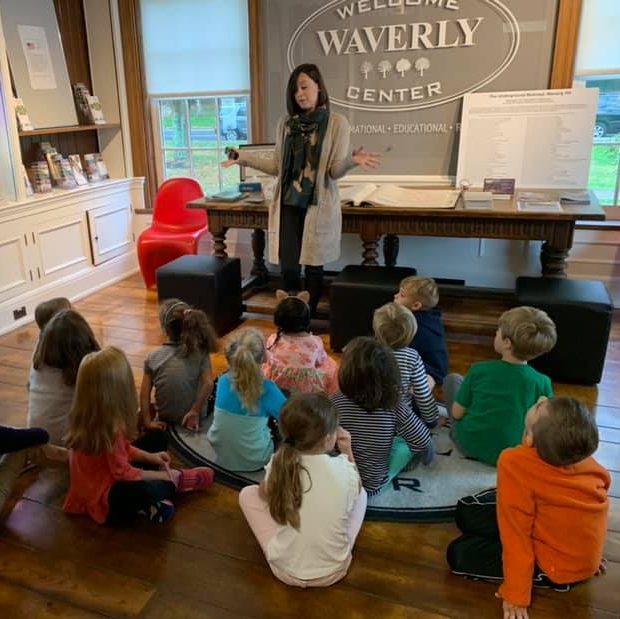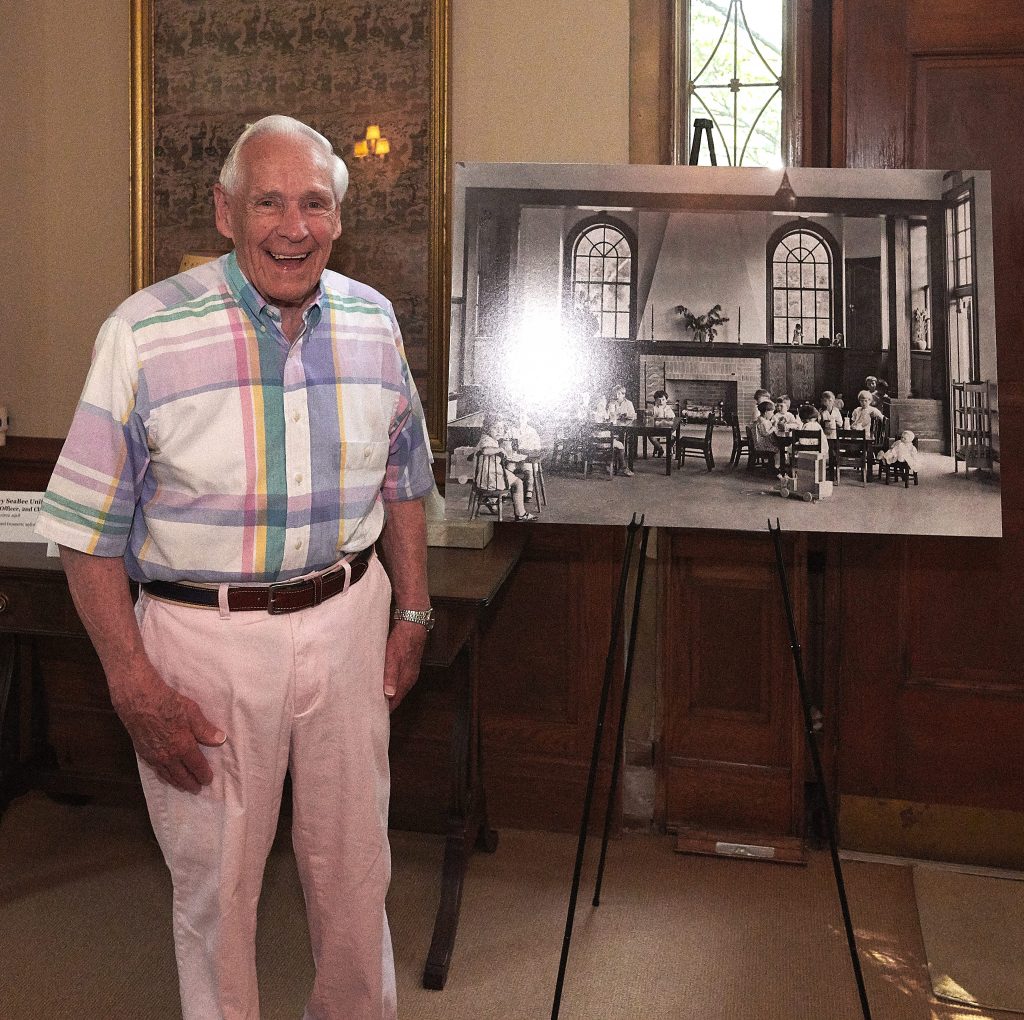Destination Freedom Walking Tours
The Destination Freedom: Underground Railroad Walking Tour of Waverly at the Waverly Community House examines the complex history of a small village, centered around its role in the Underground Railroad. The Destination Freedom Program is a designated National Park Service Program.
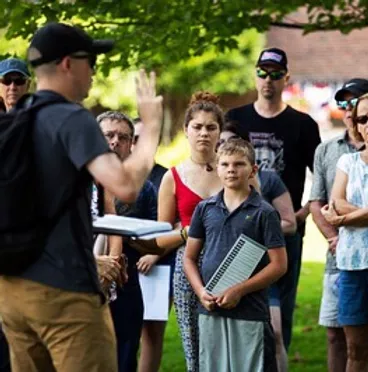
ABOUT
The Destination Freedom: Underground Railroad Walking Tour of Waverly is the only program centered around the Underground Railroad and local Civil War era history of its kind in the area. It is an interactive program that explores the lives of the small village’s abolitionists and formerly enslaved settlers. As a public oriented program, we aim to tell the story of Waverly by exploring the town itself and using the experiences of 19th century Waverly residents to better understand the world around us today.
Services
- Self-guided tours (view the calendar here!)
- Small group guided tours
- Large group guided tours
- Field trips
- Educational materials & resources
- Archive collection display (coming soon)
- Public programming
Scheduled Tours
- Scheduled tours every Tuesday from 2PM – 3PM
- $15 per person
- Guest limit: 25 people
- Private tours are available as well
To register for a tour, guests can call the Comm at 570-586-8191 or email our Destination Freedom Tour Guide at ejmurphy@waverlycomm.org
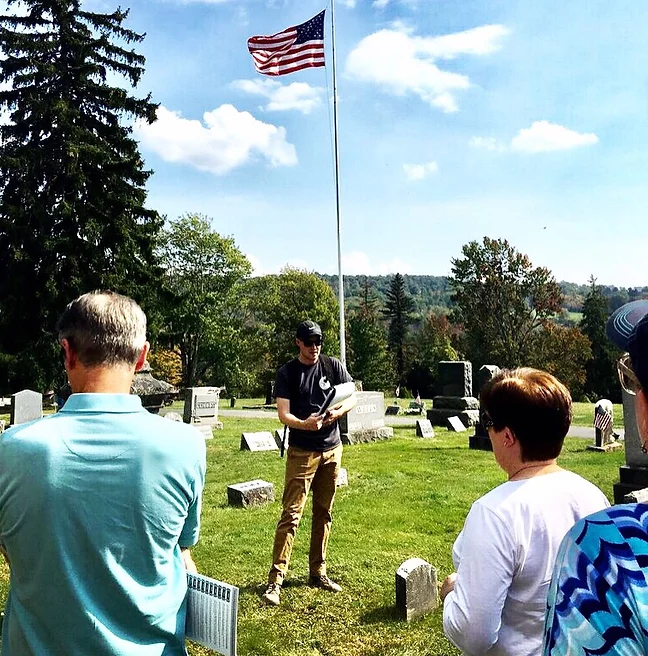
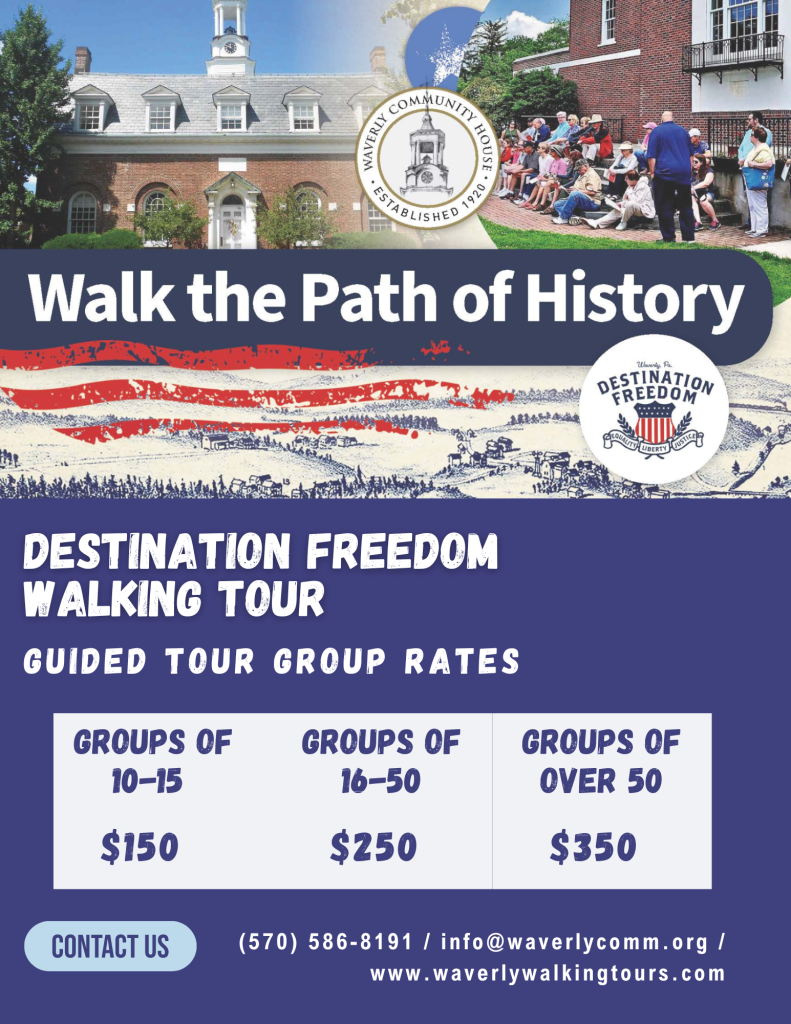
Special Exhibits Gallery
By appointment
This newest addition to the Destination Freedom Program hosts rotating exhibits related to the Destination Freedom Project, The Waverly Community House and Lackawanna County. The Destination Freedom Program is a designated National Park Service Program. Program partners include the Lackawanna Historical Society, Black Scranton, Susquehanna Historical Society. This is all make possible thanks to a five year grant from The Peoples Bank and funding from EITC donors, including Fidelity Bank, Honesdale National Bank and Softerware.
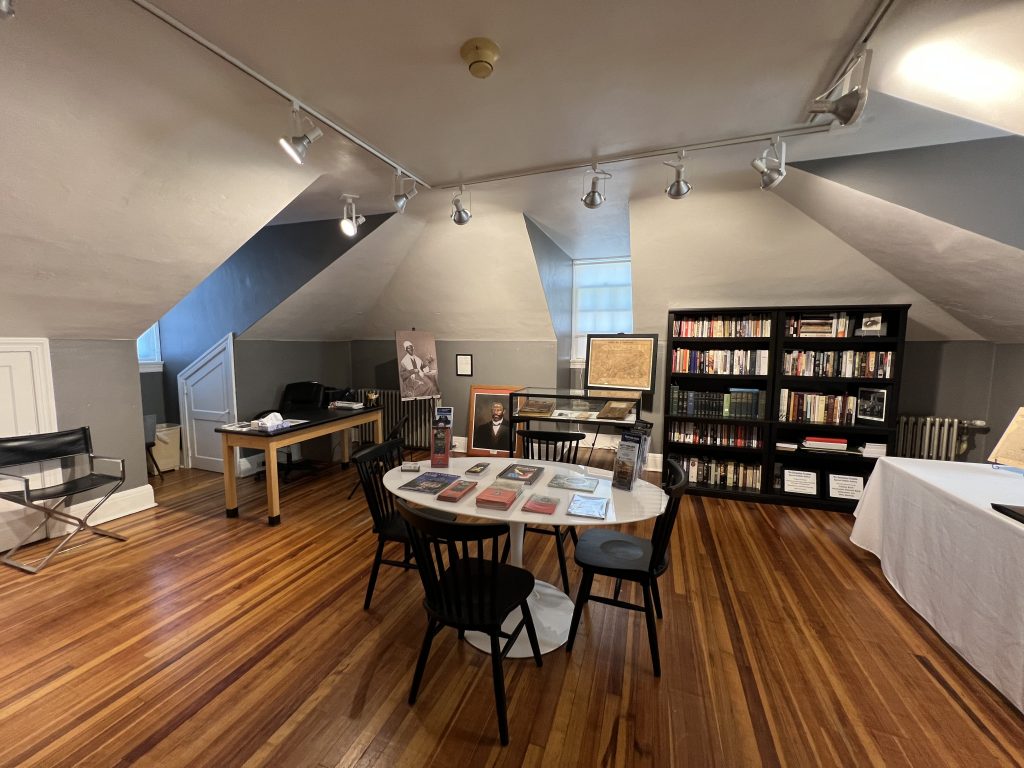
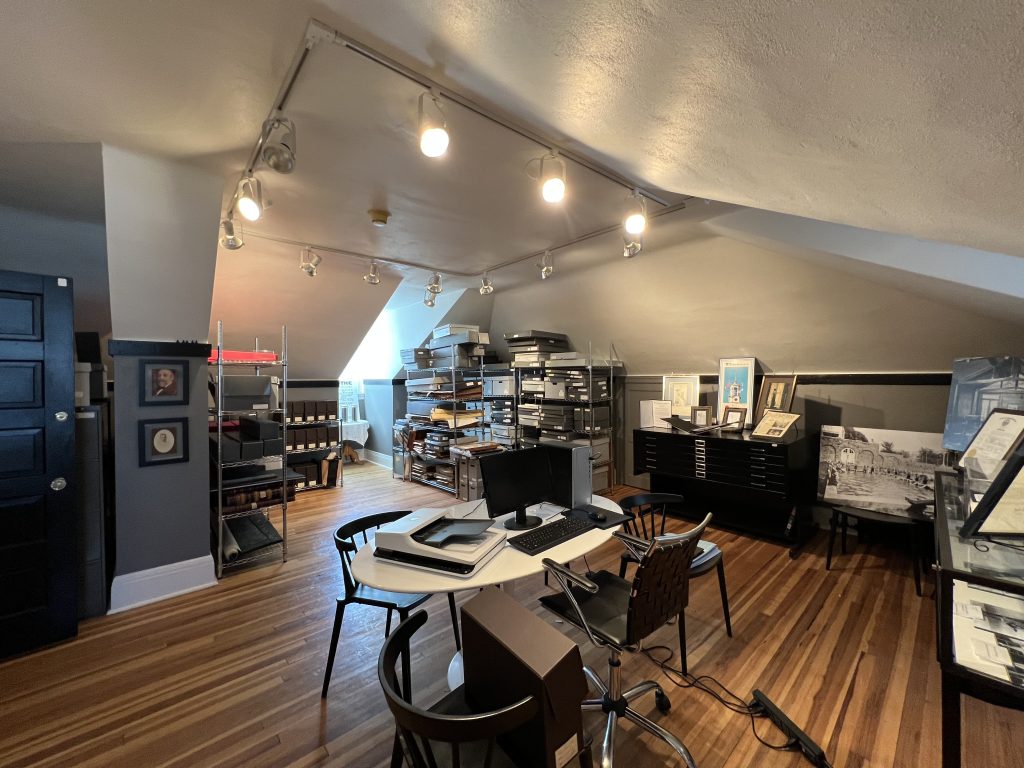
Comm Archive
The Comm Archive and Classroom is a repository for historic collections from The Waverly Community House and Scranton Lace in Scranton dating back to 1919. It is open to the public by appointment for visitation and research.

